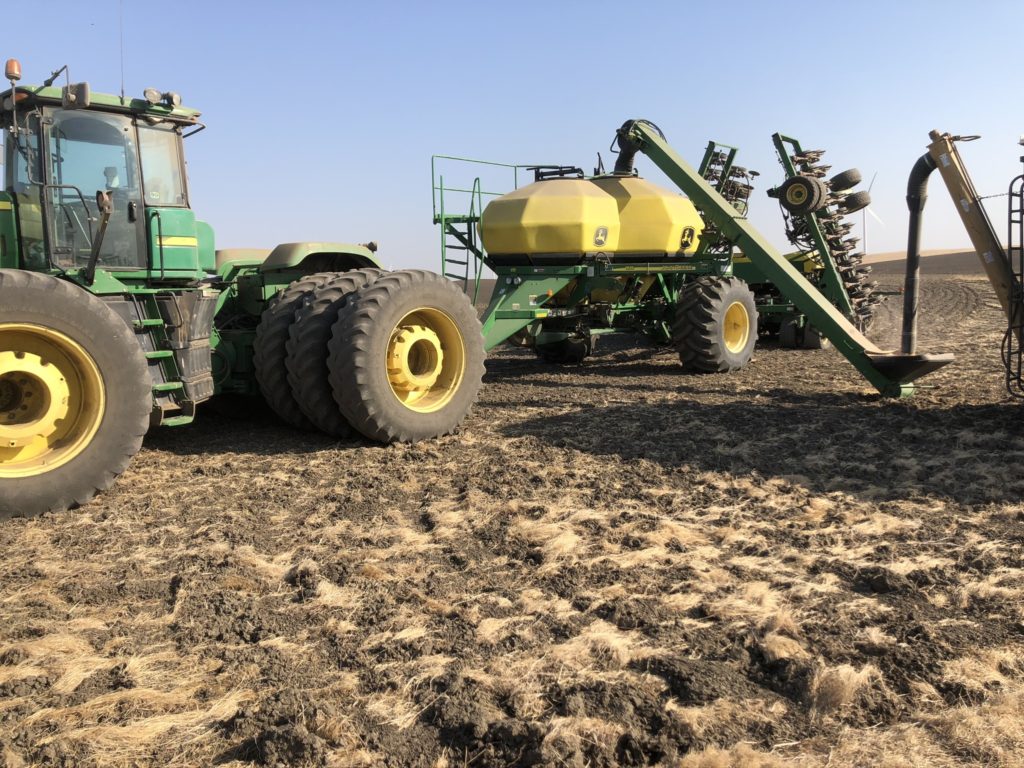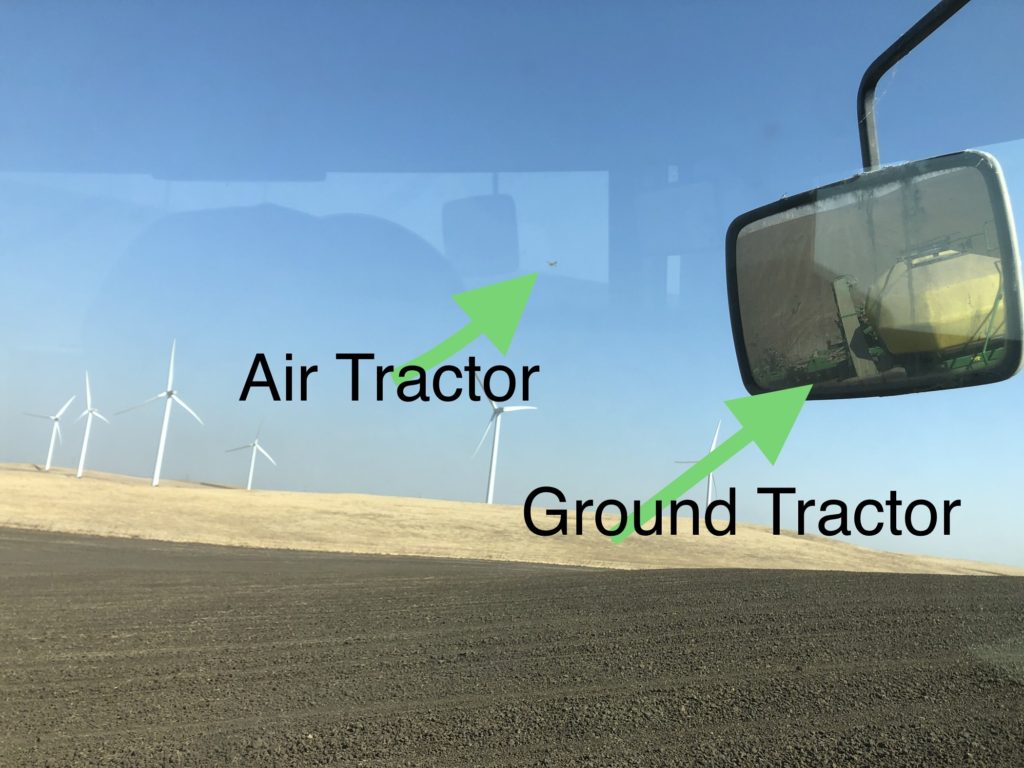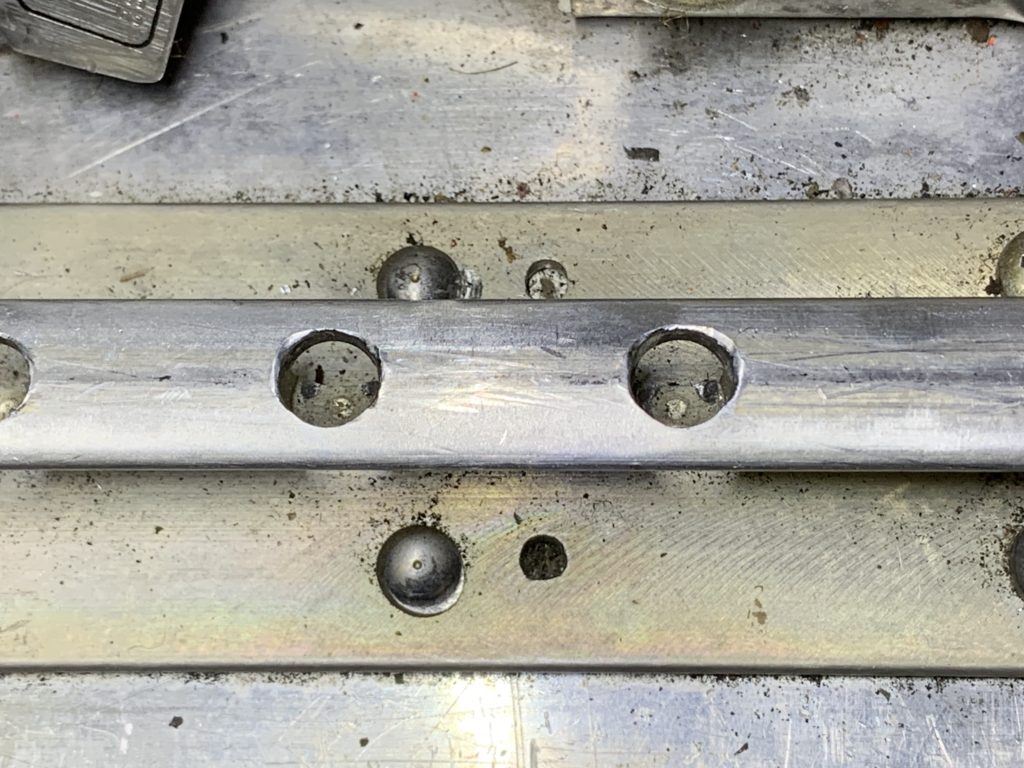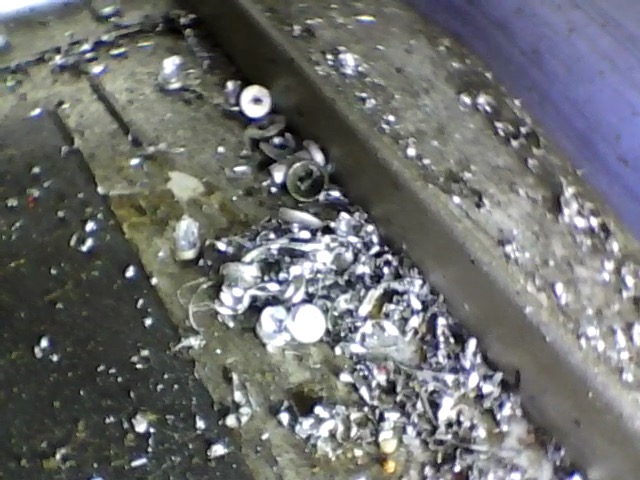Podcast: Play in new window | Download

A nice airplane deserves a high-quality owner, and that’s exactly what this amazing P35 Bonanza has. Aram takes meticulously good care of it.
In today’s episode, you’ll hear why I think Aram is the best kind of airplane owner, and some lessons you might want to consider for maintaining your airplane as well.
lf you haven’t listened to episode 147, be sure to check that one out to hear an interview with Aram.
Also, the list of “My Aviation Pet Peeves” came from episode 023, in case you’d like to check that one out as well.
Other podcast listeners mentioned in this episode:
Andy Klauser: His voice message is in today’s podcast.
Janette Wohn: She drives farm equipment while dreaming about flying and airplane maintenance. Check out a couple photos from the farm:


Janette has an eagle eye for spotting airplanes as they fly by.
Let’s wish her well as she makes plans to go off to A&P school this fall!
Drew Wright: He flies a Cessna 182 and recently took his family on a big trip across the country. Drew saved a cylinder awhile back by lapping the exhaust valve and installing a new rotator. (The interview with him is in episode 131.) The compression improved dramatically and his engine is running great! Drew also sent me a very interesting article from many years ago about the improvements in the 1957 Cessna 182! Apparently, that’s when they introduced the “rotator” for the exhaust valve. Very interesting indeed!

Spence Watson: He is having great success with the exhaust valve we lapped a few weeks ago… it was the one with the broken spring inside the rotocoil. His story was in episode 174. I was shocked how much the appearance of the exhaust valve improved in just 5 hours of operation since lapping and installing the new rotocoil. Listen to this episode to find out about Spence’s experience at a recent ABS service clinic.
Chris’ intake valve… I’m still waiting for the rest of this story, and hopefully we can share more in a future episode.
Remember, if you need help making sense of the photos you take of your exhaust valves and cylinders, I offer a service to help with that. Here are the rates:
$50 – 4 cylinder engine.
$70 – 6 cylinder engine.
$100 – twin engine.
Just send me an email if you’re interested and we can set it up dean@airplaneownermaintenance.com
The post “176 – Lessons From the Best Kind of Airplane Owner” appeared first at AirplaneOwnerMaintenance.com













Recent Comments